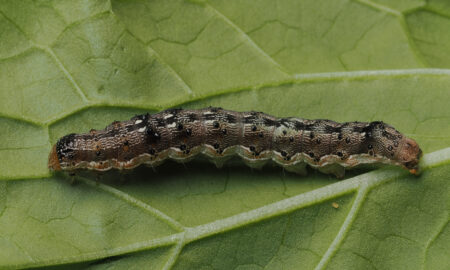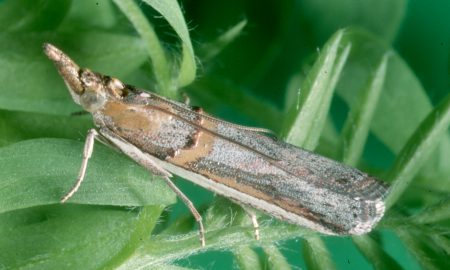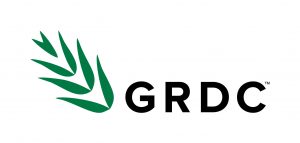Key takeaway: Whitefly in young canola in NSW and Victoria are unlikely to be a concern—no damaging nymphs, no virus risk, and cold weather will limit their survival.
Spotting adult whiteflies and their eggs on young canola might seem concerning—especially with many regions already experiencing moisture stress. But the good news is, at Pestfacts Southeastern, we don’t believe there’s a risk of damage at this stage.
Whiteflies occasionally appear in non-host crops, like canola, during establishment, particularly in unseasonably warm autumns like this one. Based on current reports and past experience, we don’t expect they will require any intervention. Here’s why:
No nymphs reported
We’ve received three reports of whitefly adults and eggs in young canola crops in the NSW Riverina and Victorian Northern Country. However, so far, no nymphs have been observed. That’s great news, as nymphs are the most damaging stage in susceptible crops, such as cotton.
There’s a simple reason for the lack of nymphs: the eggs simply aren’t hatching. In one case, adults and eggs were seen as early as mid-April. As of now, those eggs still have not hatched, suggesting conditions are not favourable for whiteflies to complete their lifecycle.
This is a great example of why it pays to know your pests, and which life stages actually pose a risk.
Not a known virus vector in canola
Like aphids, whiteflies are a sap-sucking insect. It’s reasonable to question whether whiteflies might transmit viruses to canola. Fortunately, there are no known cases of whitefly transmitting viruses in canola to date.
Cooler weather is on the way
Whitefly is a warm-season pest. It’s not expected to persist into the winter cropping season in southeastern Australia, where temperatures typically fall below the thresholds required for development.
Industry experience
This isn’t the first time whitefly has been recorded in establishing canola crops during May. This phenomenon is well documented in QDAF’s, The Beatsheet. We encourage you to read their detailed articles from 2014 and 2017 for further background.
Noticing something that doesn’t quite match what we’ve described? Or just want to chat about what you’re seeing? Get in touch with the Pestfacts Southeastern team, we’re always keen to hear what’s happening in the paddock.
Acknowledgements
Thanks to Joop van Leur (NSW DPI) for providing pathology advice.
Thanks to Matt Nihill (Nutrien Ag), James McCaw (Sefton Agronomic) and Lily Harrop (Nutrien Ag) for providing field reports.
Cover image: Photo by Lily Harrop





